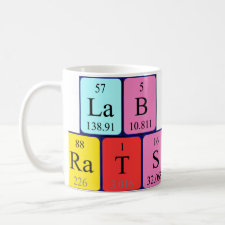
Authors: Liu J, Zhang ZT, Yang LW, Fan YM, Liu YS
Article Title: Molecular structure and spectral characteristics of hyperoside and analysis of its molecular imprinting adsorption properties based on density functional theory.
Publication date: 2019
Journal: Journal of Molecular Graphics and Modelling
Volume: 88
Page numbers: 228-236.
DOI: 10.1016/j.jmgm.2019.01.005
Alternative URL: https://www.sciencedirect.com/science/article/pii/S1093326318308349
Abstract: The structure of hyperoside was optimized according to the skeletal types of different galactopyranosides in hyperoside at the DFT/B3LYP/6-31++G(d,p) level, and the frequencies were calculated. The accuracy of the theoretical calculations of the 1H and 13C NMR signals was evaluated by linear correlation. The excited state was calculated via time-dependent density functional theory (TD-DFT). The stable conformation, NMR, UV-vis, natural bond orbital (NBO), molecular electrostatic potential (MEP) and thermodynamic information were obtained. In the most stable conformation of hyperoside, seven intramolecular hydrogen bonds are formed, which affect the imprinting efficiency. The theoretical 1H and 13C NMR results are in good agreement with the experimental results. The B3PW91 function is more suitable than B3LYP for TD-DFT calculations. Combining the UV-vis and NBO analyses, the HOMO→ LUMO transition mainly results from the n→ π* transition of the phenolic hydroxyl groups and the π→ π* transition of the benzene ring on the B ring in ethanol. The HOMO-1→ LUMO+1 transition mainly results from the n→ π* and π→ π* transition on the A ring. The MEP and NBO calculations indicate that the imprinted active sites are mainly located on the carbonyl oxygen atom and the hydroxyl hydrogen atoms. As the temperature increases, the molecular heat capacity, entropy, enthalpy, and activity of the imprinting sites increase. The obtained results provide strong theoretical guidance for hyperoside in the synthesis of molecularly imprinted polymers and separation techniques
Template and target information: hyperoside
Author keywords: Hyperoside, Molecular structure, Density functional theory, molecular imprinting, UV-vis, MEP and NBO



Join the Society for Molecular Imprinting

New items RSS feed
Sign-up for e-mail updates:
Choose between receiving an occasional newsletter or more frequent e-mail alerts.
Click here to go to the sign-up page.
Is your name elemental or peptidic? Enter your name and find out by clicking either of the buttons below!
Other products you may like:
 MIPdatabase
MIPdatabase









